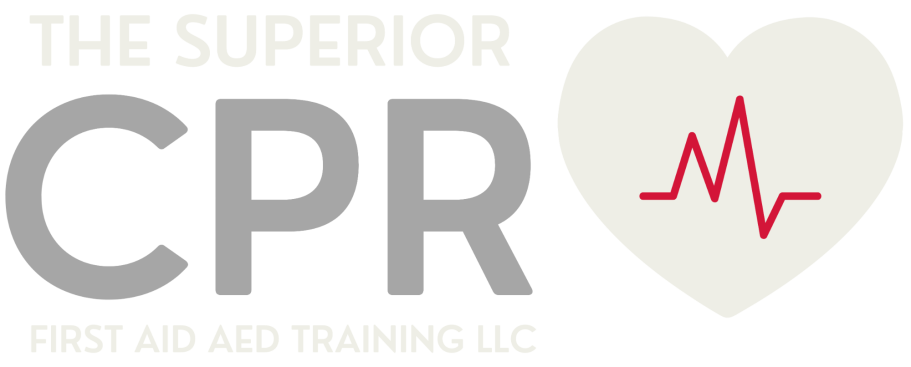FAQS
Unsure about why you should start First Aid, CPR or AED training? Read the some of
the common questions around these topics.
Why do the course teach compressions
and breaths first?
Why don't the lay rescuer courses teach jaw thrusts?
The jaw thrust for opening an airway is a difficult technique to learn. To make sure that the lay rescuer can open the airway, only head tilt-chin lift is taught. In addition, all methods of opening the airway can produce movement of an injured spine, so the jaw thrust may not be any safer than head tilt-chin lift.
Compressions are the most important skill of CPR. Studies have shown that students have mastered CPR skills best when they began by practicing compressions and breaths, then the other skills, and then put it all together.
Why is the ratio a maximum of 3 students
to one manikin?
Why don't the lay courses teach students to reassess breathing?
Compressions are at the core of good CPR. Every time compressions are interrupted the first few compressions are not as effective as the later compressions. The more often the compressions are interrupted, the lower the person's chance of survival.
The 3:1 ratio is used to optimize the amount of time each student practices with a manikin while also keeping the course length reasonable. This also allows the instructor the ability to monitor and assist students.
Why don't we teach AED for infants?
Is there a specific place to tap a person when checking for a response?
Cardiac arrest in infants is most often caused by a problem with breathing that worsens over a short period of time. This means that an AED is less likely to be effective in infants compared with Adults.
It doesn't matter where the person is tapped. For consistency, we teach tapping the shoulder of adults and children and tapping the foot for infants.
CPR FAQs
Why does the tongue swell in a severe allergic reaction?
Why is it OK to do a head tilt-chin lift on a person who may have a head, neck, or spine injury?
Someone who isn't breathing won't survive if you don't give them breaths. There are other methods of opening the airway, but they also may move the head, neck, or spine, and the other methods may not be as successful for opening the airway.
An allergic reaction causes the release of chemical mediators (such as histamines) in the body. If the person experiences a severe allergic
reaction, they may experience symptoms such as swelling (edema) of the tongue. Swelling of the face, neck, or tongue can block the airway and make it difficult to breathe.
Why is it best to have non-latex gloves in
the first aid kit?
Suppose I don't get any blood or body fluids on my gloves. Can I reuse them?
No. You may not see any blood or body fluids on the gloves. However, some may still be there. Remove and dispose of the gloves properly.
Some people are very allergic to latex and may not know it. When you put on gloves, latex may be released into the air.
What solutions are most effective for preserving a knocked-out tooth?
How do I know whether bleeding is minor, moderate, or severe?
Hank's Balanced Salt Solution, also knows as HBSS (containing calcium, potassium chloride and phospate, magnesium chloride and sulfate, sodium chloride, sodium bicarbonate, sodium phosphate dibasic, and glucose), is demostrated to have the efficacy at prolonging dental cell viability from 30 to 120 minutes, and may be available to first aid providers. If this is unavailable, wrap the tooth in cling film. If neither HBSS or cling film is available, store the person's tooth in cow's milk or in the injured person's saliva, not in the person's mouth. Do not store the tooth in tap water.
If the cut is not bleeding or is a small abrasion, assume the cut is minor. Wash the minor cut with soap and water and once the bleeding has stopped, you can apply an antibiotic ointment, provided the person has no known allergies, before applying the bandage. For moderate bleeding, you'll want to use pressure to stop the bleeding before applying a bandage. Assume the bledding is severe if it doesn't stop or slow down with pressure and blood is quickly soaking through the bandage.
First Aid FAQs
Reach Out for more information
© Copyright. 2023 The Superior CPR First Aid AED Training LLC. All rights reserved.
We need your consent to load the translations
We use a third-party service to translate the website content that may collect data about your activity. Please review the details and accept the service to view the translations.
